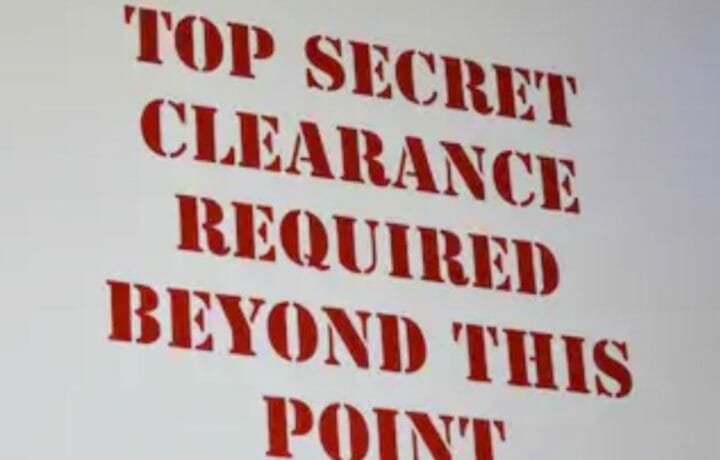Most people are familiar with three common security clearance levels: public trust, Secret and Top Secret. In addition, some people also require access to sensitive compartmented information, or SCI. Can you have a secret clearance and SCI access?
Here’s the skinny:
The only real difference between the clearance levels is the intensity of the background investigation. The same criteria are applied to judge your eligibility for a clearance no matter what level you are applying for.
A Secret security clearance requires a Tier 3 investigation, and a Top Secret security clearance requires a Tier 5 investigation. It’s worth noting that there are currently five investigative tiers, but the government is looking to simplify and reduce the number of tiers to two.
A Top Secret security clearance requires a more in-depth investigation, and will include enhanced verification of employers, educators, and background information. A personal subject interview and interviews with neighbors will also often be required.
Regardless of the type of clearance obtained, when an individual obtains access or is read into a program or contract, that access is recorded in the security clearance system of record – typically the Joint Personnel Adjudication System, or Scattered Castles. In some cases, an individual may be read into an SCI program, regardless of the clearance level, although additional vetting will be required.
So, it is possible to have a secret clearance, and SCI access. Just like having a Top Secret clearance also doesn’t mean you have a ‘TS/SCI’ clearance. Like most security clearance questions, your eligibility will come down to the agency you’re serving, and the government’s needs.




